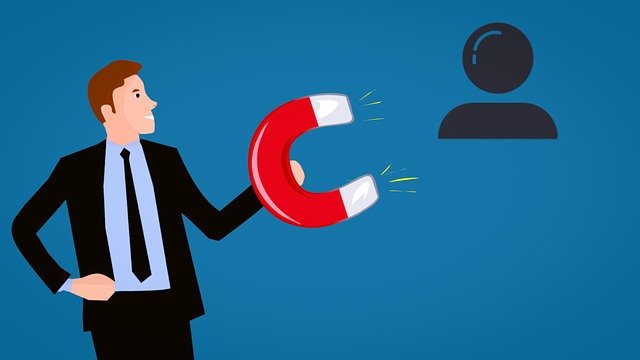
High-quality leads are the driving force behind nearly all successful B2B companies. Whether your B2B company sells products, services or a combination thereof, it needs leads to facilitate sales. Without them, you'll have to mass-promote to your B2B company's products or services to a large and untargeted audience, resulting in poor conversion rates and few or no sales. There are two different ways that you can approach lead generation, however: inbound or outbound. While they can both yield high-quality leads for your B2B company, they aren't the same. What's the difference between inbound and outbound B2B lead generation exactly?
What Is Outbound B2B Lead Generation?
Outbound B2B lead generation involves reaching out to prospective buyers to acquire them as leads for your B2B company's sales activities. Prospective buyers don't actively seek your B2B company, nor do they show interest it. With outbound B2B lead generation, you should force your B2B company's messages in front of them in hopes of generating new sales leads.
Most instances of paid advertising -- when used for acquiring prospective buyers -- are considered a form of outbound B2B lead generation. Regardless of where they appear, paid ads aren't sought after by prospective buyers. Paid ads interrupt prospective buyers, as buyers don't actively seek them. Therefore, the use of paid ads is considered a form of B2B lead generation.
What Is Inbound B2B Lead Generation?
Inbound B2B lead generation, on the other hand, involves attracting prospective buyers as leads through the use of blog posts, articles, whitepapers, social media posts, videos, infographics and other content. It differs from outbound B2B lead generation by attracting prospective buyers rather than directly reaching out to them.
High-quality content is the foundation of B2B lead generation. If you want prospective buyers to contact your B2B company and inquire about its offerings, you need to pique their interests with something other than paid ads. This is where high-quality content comes into play. If a piece of content is interesting and useful to a prospective buyer, he or she may contact your B2B company to learn more about what it offers.
With inbound B2B lead generation, you use content to draw prospective buyers to your B2B company without directly interrupting them. As prospective buyers conduct research and other related activities, they may come across your content. And after reading or consuming the content, prospective buyers may voluntarily contact your B2B company.
Benefits of Outbound B2B Lead Generation
Using B2B lead generation tactics can prove beneficial for your B2B company. It's typically faster, for example, to generate leads with outbound tactics than inbound tactics. Paid ads allow you to generate sales leads almost instantly. Once the advertising network has approved your ads, they'll begin to show on the targeted properties while potentially yielding new sales for your B2B company.
You can easily measure the performance of an outbound B2B lead generation campaign. Outbound tactics are easier to measure than inbound tactics. Among other things, you can see measure views, clicks, click-through rates (CTRs), conversions, conversion rates and more. If you use inbound B2B lead generation, you'll be limited to fewer and broader performance metrics. With that said, inbound B2B lead generation is still beneficial; it may, in fact, prove more useful than outbound.
Benefits of Inbound B2B Lead Generation
When compared to outbound B2B lead generation, inbound B2B lead generation offers greater long-term value. When you publish inbound-focused content, it may continue to attract new sales leads for months or even years -- all with little or no additional work on your behalf. Paid ads have a shorter lifespan. They only generate ads for the duration of the ads or other sales material runs. Once they stop running, you'll no longer generate sales leads.
Your B2B company may save money with inbound lead generation. According to ZoomInfo, B2B companies spend about 40% less money to generate leads with inbound tactics than outbound tactics. This is because outbound B2B lead generation typically involves the use of paid ads, whereas inbound uses content. While the cost of paid ads varies, it almost always costs more than the creation of content. You can create content for free. Running paid ads, however, can cost hundreds or thousands of dollars.
Inbound B2B lead generation may offer a larger total volume of sales leads than outbound. According to one report, B2B companies that use inbound tactics generate over 50% more leads than those that use outbound tactics. As previously mentioned, inbound B2B lead offers greater long-term value, which is one of the reasons why it's capable of driving more sales leads than outbound.
As you can see, there are reasons to use both outbound and inbound B2B lead generation. The former offers faster and more measurable results, whereas the latter is cheaper, offers greater long-term value and a larger total volume of sales leads.
What to learn more? Get in Touch
Latest Posts
-
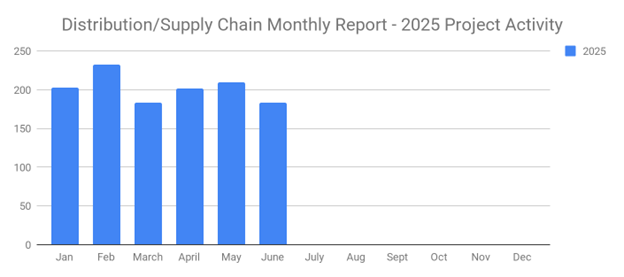
June's New Distribution and Supply Chain Planned Projects Return to March’s 183 Confirmed Figure
-
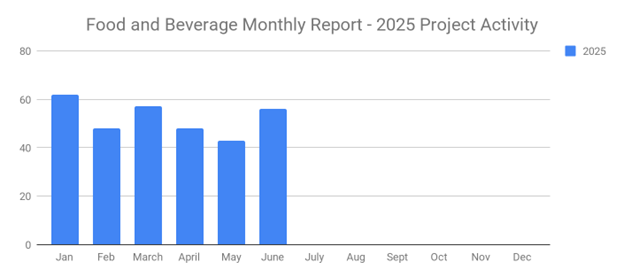
Food and Beverage Rebounds with 56 New Planned Projects Igniting Growth After Decline
-
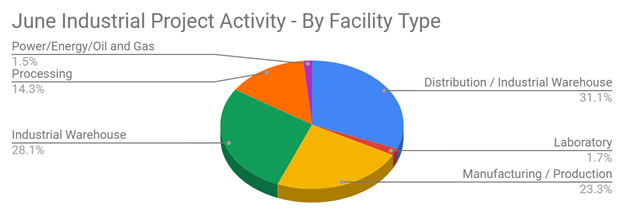
June 2025’s New Industrial Construction Projects Grew 7% Month-Over-Month
-
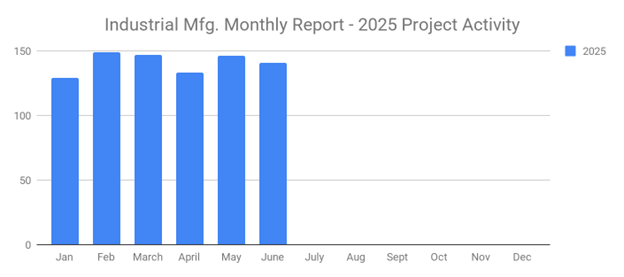
Q2 Industrial Manufacturing Soars 31% for Planned Projects Over $100M; June Planned Industrial Projects Hit 141

